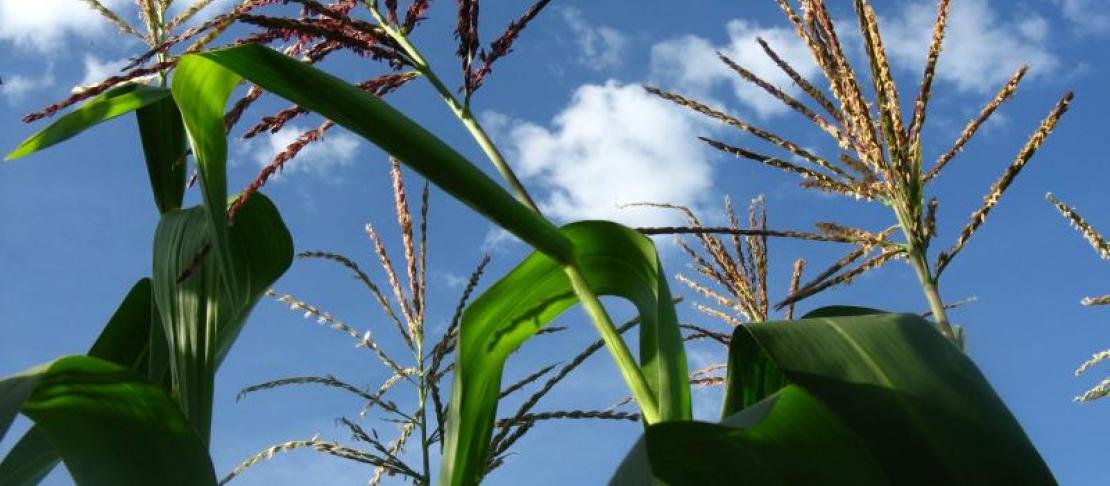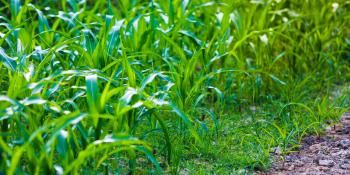Bringing CSA practices to scale: assessing their contributions to narrow nutrient and yield gaps

Project description
The Crop Nutrient Gap project aims to substantially increase the cereal food production in sub-Saharan Africa (SSA) by focusing on the potential of crop nutrient management with minimum greenhouse gas emissions and soil nutrient mining. The project assessed the increase in cereal demand until the year 2050 based on population growth and dietary change for ten SSA countries (Burkina Faso, Ghana, Mali, Niger, Nigeria, Ethiopia, Kenya, Tanzania, Uganda, Zambia). Using crop growth models, we evaluated whether SSA can be self-sufficient for cereals (maize, millet, rice, sorghum and wheat) in 2050 by intensifying crop production on existing cereal area. Next, within the project estimations were done on minimum required nutrient inputs (NPK) to prevent soil nutrient mining. For each country different scenarios of intensification and/or cropland expansion were explored, and greenhouse gas (GHG) emissions from fertilizers and land use change were calculated.
Intensification requires large increases in nutrient inputs and will therefore result in extra GHG emissions. Yet, it can bring much lower GHG emissions than cropland (cereal) expansion, but this depends on agronomic nitrogen use efficiency achieved. Thus, both avoidance of expansion and the widespread adoption of climate-smart agricultural practices leading to high nutrient use efficiency can mitigate GHG emissions.
The project therefore also assesses different options to increase rates of nitrogen use efficiencies and economic feasibilities in Ethiopia and Tanzania by investigating and testing climate-smart nutrient management options employing the “4R nutrient stewardship approach” (i.e., applying nutrients using the right source, at the right rate, at the right time and in the right place). It includes testing the combination of mineral and recycled organic sources of nutrients in on-farm and on-station trials as well as using data-mining and model-based analysis (the use of liming and the role of legumes in nutrient management).
Expected outcomes
- Enabling evidence-based decision making on GHG mitigation at international, regional and local levels
- Revised targets and INDCs for agricultural mitigation
Gender and youth
Gender is not a major focal point of the project, but we will certainly account for gender-specific aspects of nutrient management in the three countries.
More information
For more information, please contact project leader Martin Van Ittersum, WUR (martin.vanittersum@wur.nl).
